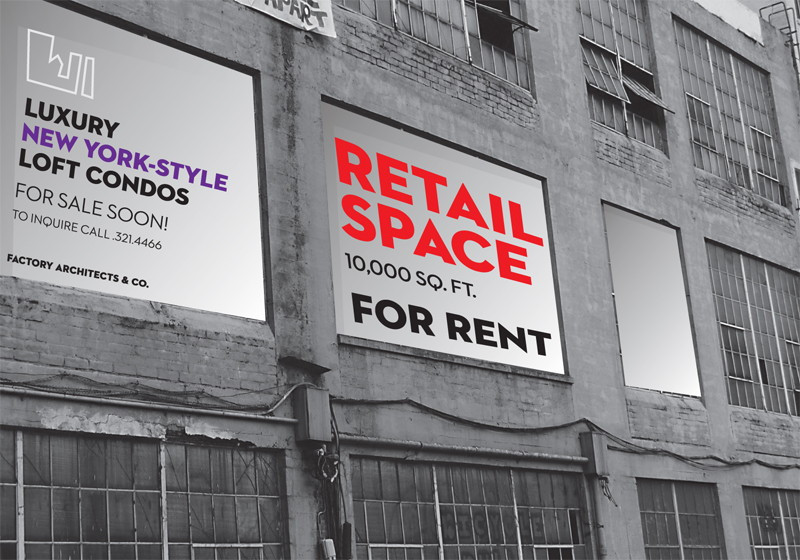Taking a brands-off approach
Urban branding in the Exchange District won’t tell all
The walk headed west down one particular block of Corydon Avenue takes one past a sushi bar, some vaguely trendy boutique, a South Asian tandoori restaurant, a candy store and another sushi bar.
Welcome to Winnipeg’s Little Italy, which the tourism promotional material would still have you believe this strip is.
Corydon serves as an example of how intentional, centralized branding campaigns are often ineffective because they fail to grasp the entire picture, since a dense urban neighbourhood is far too complex and evolutionary for any one authority to understand all the variables.
A good neighbourhood will always be more than what its branding determines it is, or hopes it becomes. The same goes for a bad neighbourhood.
Corydon became a success not because of the Little Italy brand, but because it possessed the physical, social and economic elements necessary for urban diversity: it has a fairly dense and mixed residential population, many small commercial spaces, and has been left alone by megaprojects and traffic engineers.
The Exchange District shares some of these elements, but the potential for a brand to emerge here is greater, owing to the uniqueness of the district’s physical form, and the sense that it is edgy and undiscovered (while still being relatively safe).
Sonia Bookman, professor of sociology at the University of Manitoba, has been researching branding of urban areas with a focus on the Exchange District, and whether branding of that neighbourhood is able to create a sense of belonging, or, conversely, a sense of exclusion for certain types of uses and users.
More than just the intentional branding campaigns, Bookman seeks to find out if neighbourhood brands can emerge organically.
Beginning in the 1970s, the aging wholesale district came to be known either as the Historic Warehouse Area, or Old Market Square.
In the 1980s, funds poured in from the Core Area Initiative toward regulated storefront improvements and distinctive streetscaping. A small but activist group of merchants formed a business association.
But these noble efforts produced only small and slow starts, as byzantine zoning regulations and inflexible building codes repelled residential development in the Exchange.
Not until the early 2000s did the neighbourhood start to become something its boosters had hoped it would become.
Speaking on her work at the Next City Talks even last month, Bookman suggested that current branding efforts in the Exchange District have favoured the wealthy condo owners over the artists renting lofts.
It has been a frequent, but so far unsubstantiated, claim that artists that have thinly populated the district for several decades are being “pushed out” as rents rise and more spaces are converted to condos and offices.
Meanwhile, the local Business Improvement Zone seeks to smooth over the Exchange’s gritty and spontaneous edges so that it is safe and sterile enough for tourists and yuppie consumers.
This may seem like familiar narrative to urban conflict theorists, but I would argue that there are probably more artists living and working in the Exchange District now than there were a decade ago.
Organic neighbourhood change is not a zero sum game where if new occupants of a district gains, then others must be losing.
Concentration and diversity create greater concentration and diversity - this is the fundamental nature of cities.
The arts, like business, thrive on the cooperation and competition that emerges in a concentrated environment. Suddenly it becomes worth the slightly higher rents to stay in a great neighbourhood (and this while rents in the Exchange are still remarkably cheap).
Even if there is some sinister plot to sterilize the Exchange through branding it for trendy consumption, a neighbourhood’s success or failure occurs in spite of any branding campaign.
Bookman’s findings are sure to be fascinating, but for those who actively hope to stop the evolution of the Exchange District through developing an alternative - but equally selfish and narrow - brand as some kind of “inclusive” artsy hipster quarter, are a little misguided.
In a city where the provincial government happily maintains acres of surface parking, and Centre Venture Development Corporation is busy destroying Main Street, too much modest and organic development in the Exchange District is the least of downtown’s worries.
Robert Galston has written on urban issues since 2005 in his blog The Rise and Sprawl, and for the Winnipeg Free Press and The Uniter. He is currently studying at the University of Winnipeg and is employed at the Institute of Urban Studies.
Published in Volume 66, Number 8 of The Uniter (October 19, 2011)







